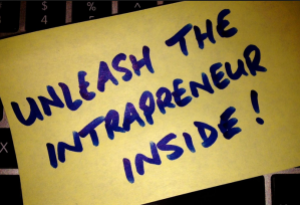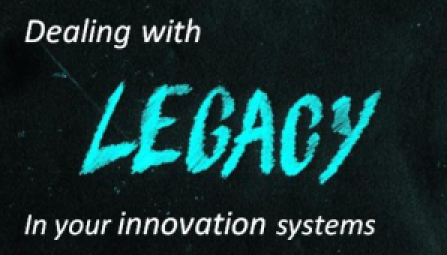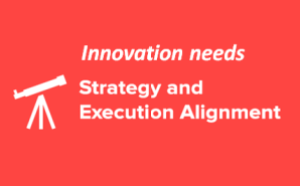 So my further part of how we need to set about and differentiate ourselves
So my further part of how we need to set about and differentiate ourselves
How do we show the real difference that innovation can provide?
I believe we have eight needs to achieve.
Each of us will arrive at our own personal understanding of what this “all means”.
Innovation is about achieving difference so if we all arrived at the same point of understanding then we actually are defeating ourselves from the very beginning
So what are these eight ‘triggering’ points? Briefly Part one is here:
Exploring the second four below ( the first four are here ) Continue reading “Differentiating Yourself Part Two”
 How do we show the real difference that innovation can provide?
How do we show the real difference that innovation can provide? I’ve been working in the innovation
I’ve been working in the innovation 





